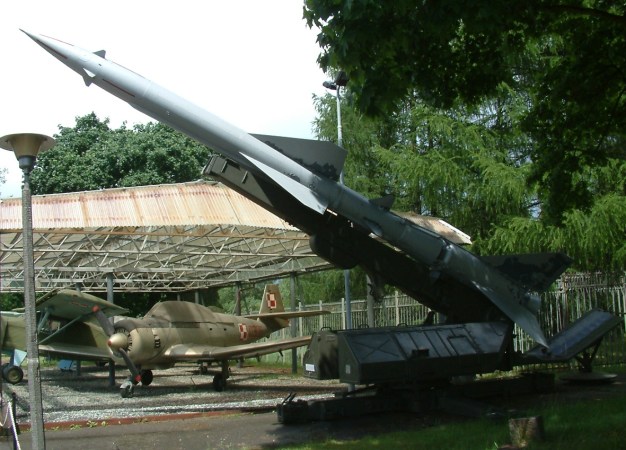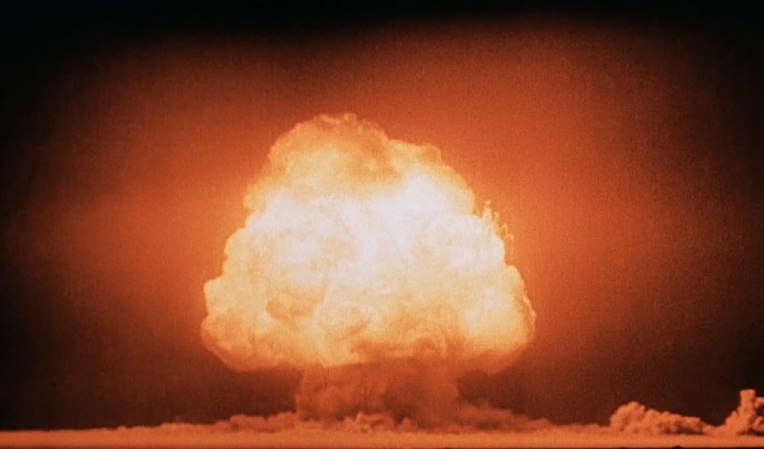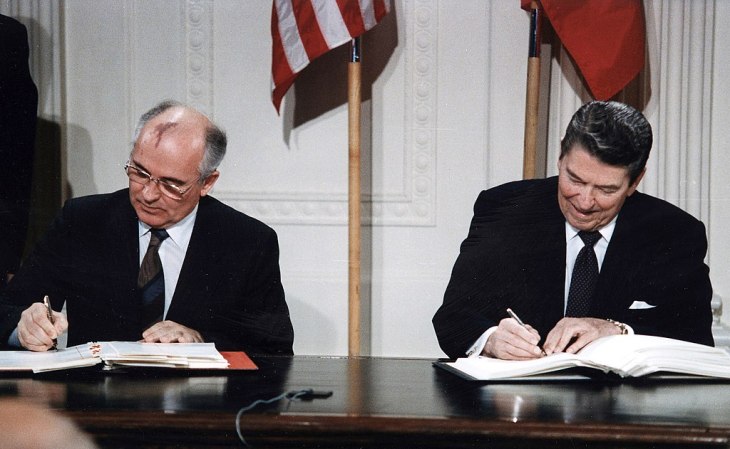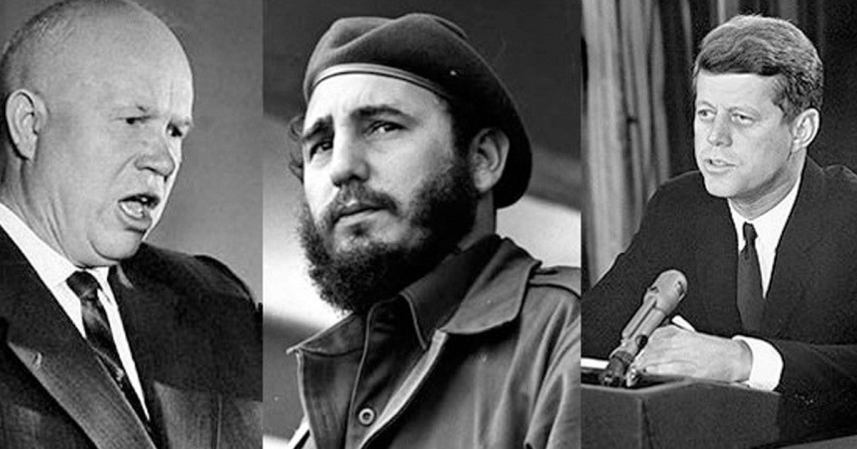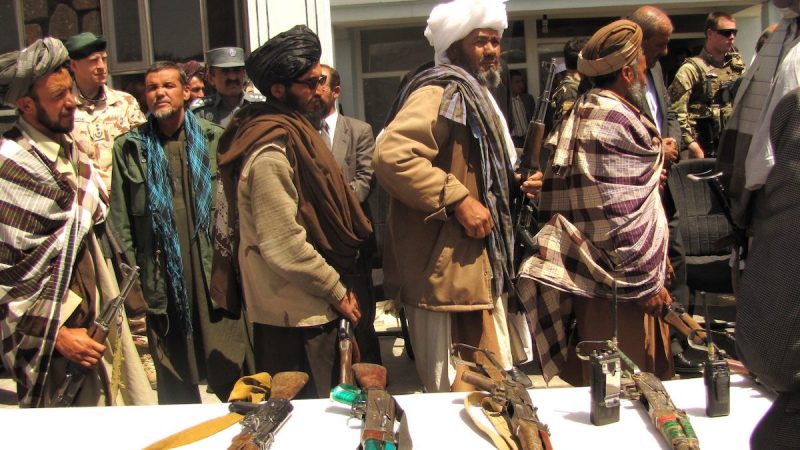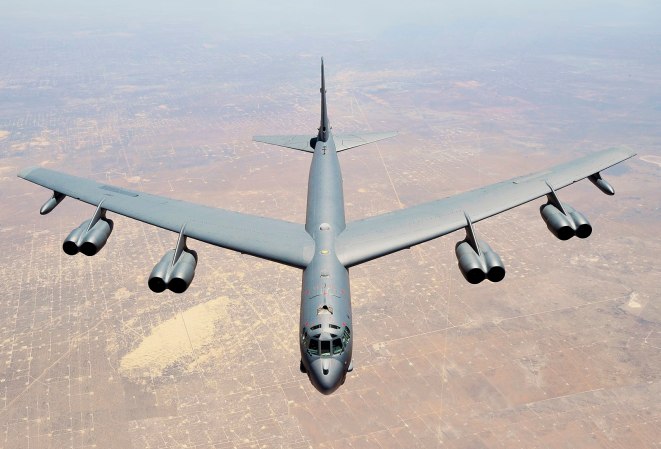In 1987, the Soviet Union had thousands of intermediate range nuclear missile pointed at Western Europe. On top of each of those thousands of missiles sat multiple nuclear warheads, ready to destroy the entire theater. The United States and its NATO allies had just as many — if not more — of the same kind. They were mobile and concealable, able to be fired from the Soviet Union or right on NATO’s doorstep.
By 1991, they were all gone.
The INF was the first agreement wherein the United States and USSR promised to actually reduce the overall number of weapons in their arsenals, eliminating an entire category of nuclear weapons altogether. Combined, the world’s two superpowers destroyed more than 2,600 nuclear missiles before the fall of the Soviet Union in 1991.

Soviet leader, Mikhail Gorbachev, and President Ronald Reagan sign the INF Treaty in the East Room of the White House on Dec. 8, 1987.
The buildup to the INF Treaty
In the mid-to-late 1970s, the Soviet Union began a qualitative upgrade of its nuclear arsenal designed for the European Theater. At the time, the Cold War doctrine for NATO held that the Soviets could maintain a superiority in conventional weapons and troop strengths, but the Western allies were going to launch a nuclear attack in the event of an invasion.
So, when the Red Army began replacing its old, intermediate-range, single-warhead missiles to new, more advanced missiles with multiple warheads, European leaders flipped. Meanwhile, the only nuclear missiles the United States had were its own aging, intermediate-range nukes: the single-warhead Pershing 1a. After NATO pressured the United States to respond, the allies developed a “two-track” system to counter the Soviet threat: they would seek an agreement to limit their intermediate nuclear weapons arsenals while upgrading and replacing their own systems with multiple-warhead launchers.

A U.S. BGM-109 Gryphon intermediate-range nuclear weapon. The INF Treaty ended the service of these launchers.
Terms of the INF Treaty
The negotiations did not start off well. The Soviet delegation even walked out after the United States deployed its new Pershing II missiles in Europe in 1983. But, as talks continued, various ideas surfaced on how to best address the number of nuclear weapons. Ideas included limiting each country to 75 weapons each, a limit on the number of worldwide intermediate missiles (but none allowed in Europe), and, at one point, Mikhail Gorbachev even put forward the idea of eliminating all nuclear weapons by 2000.
In the end, formal talks lasted from 1981 until the signing of the INF treaty in 1987. The agreement eliminated missiles with a range between 310 and 3,400 miles. This included three types of nuclear missile from the U.S. arsenal and six from the Soviet arsenal. Signatories were also compelled to destroy training material, rocket stages, launch canisters, and the launchers themselves. The treaty also covered all future successor states to the Soviet Union, including Belarus, Kazakhstan, Ukraine, and others.
Signatories are also prohibited from testing ground-launched missiles and other tech related to intermediate nuclear forces. After the ten years of monitoring, any signatory country can implement the terms of the agreement and call for a new inspection or general meeting.

A view of the Soviet Transporter-Erector-Launcher (TEL) for the SSC-X-4 ground-launched cruise missile system with a close-up view of the SSC-X-4 missile in the insert.
Why President Trump is reconsidering the INF Treaty
The INF Treaty solved a very specific crisis at a very specific time. It limited ground-based weapons from the European theater of the Cold War, but it didn’t cover air- or sea-based cruise missiles. In the years since, Russia has tested a number of weapons the United States says violate the terms of the INF Treaty. Russia counters that the U.S. has broken it as well.
If Russia isn’t abiding by the terms of the agreement, then the U.S. is unnecessarily limiting its defense posture — but that’s not even what the Trump Administration and National Security Advisor John Bolton are worried about. They’re concerned with China, who isn’t a signatory to the INF Treaty.
Proponents of the agreement argue that leaving the INF Treaty won’t force the Russians to comply with the treaty any more than they are now, that it could lead to another global arms race, and that ground-based nuclear weapons in Europe (or East Asia) just aren’t necessary anyway.













